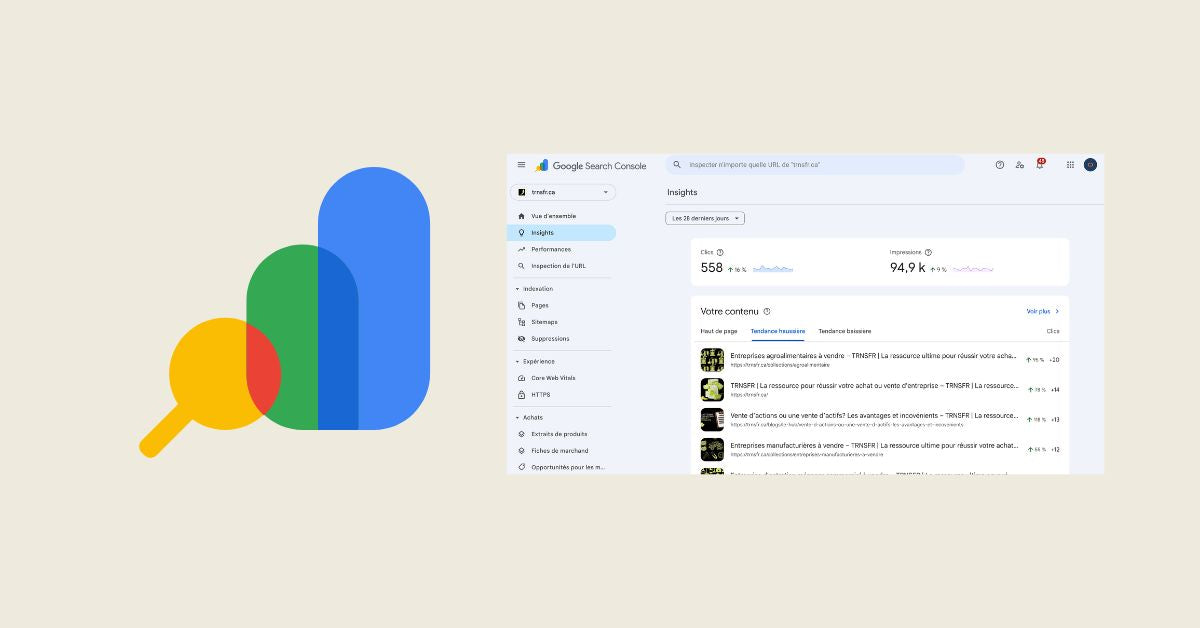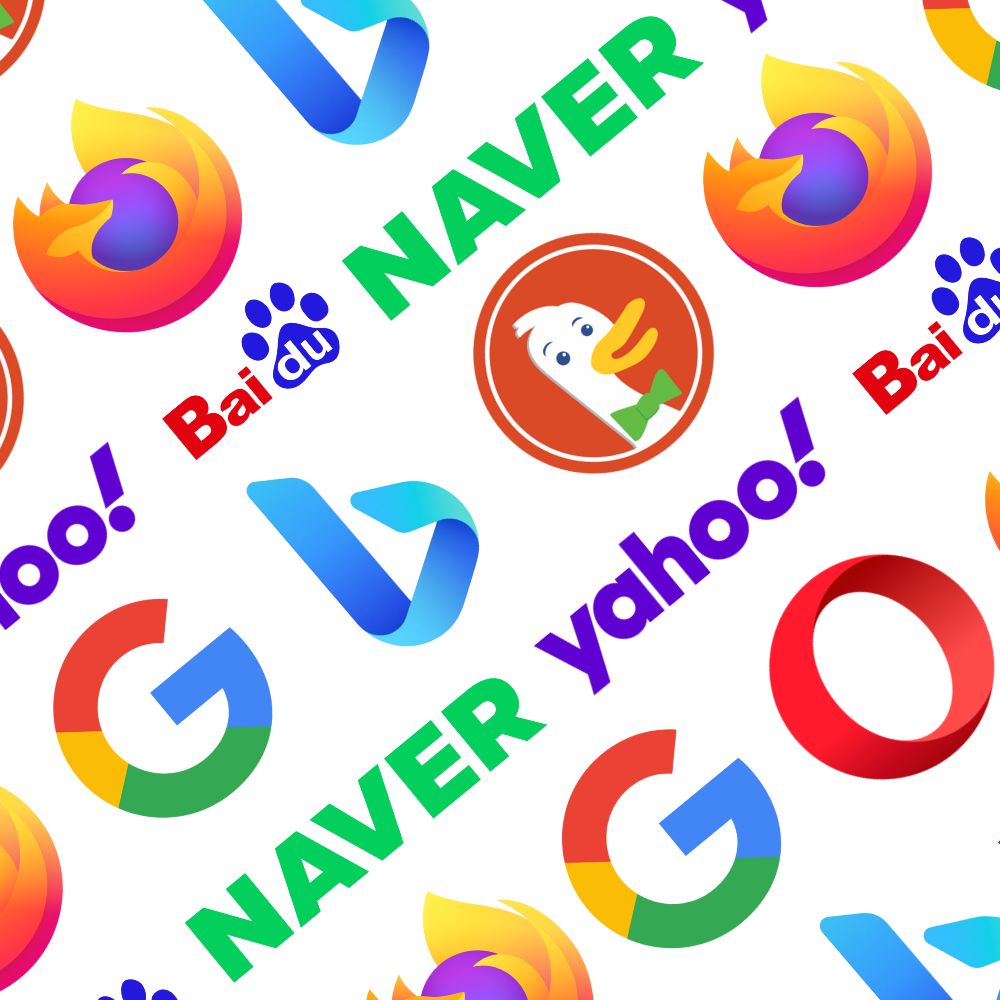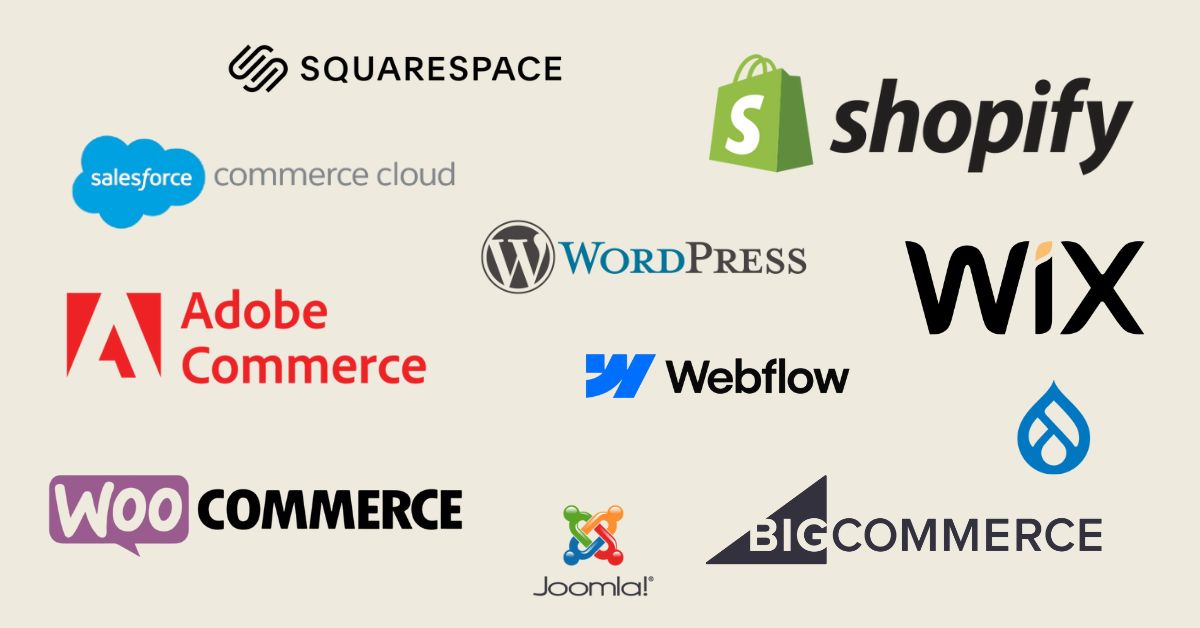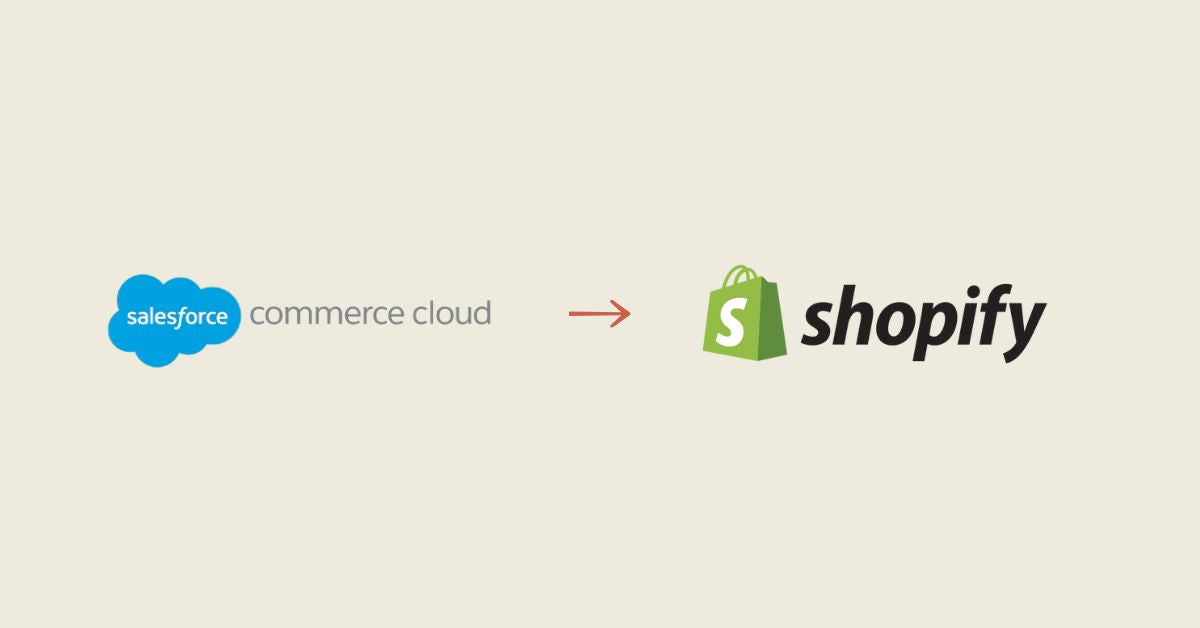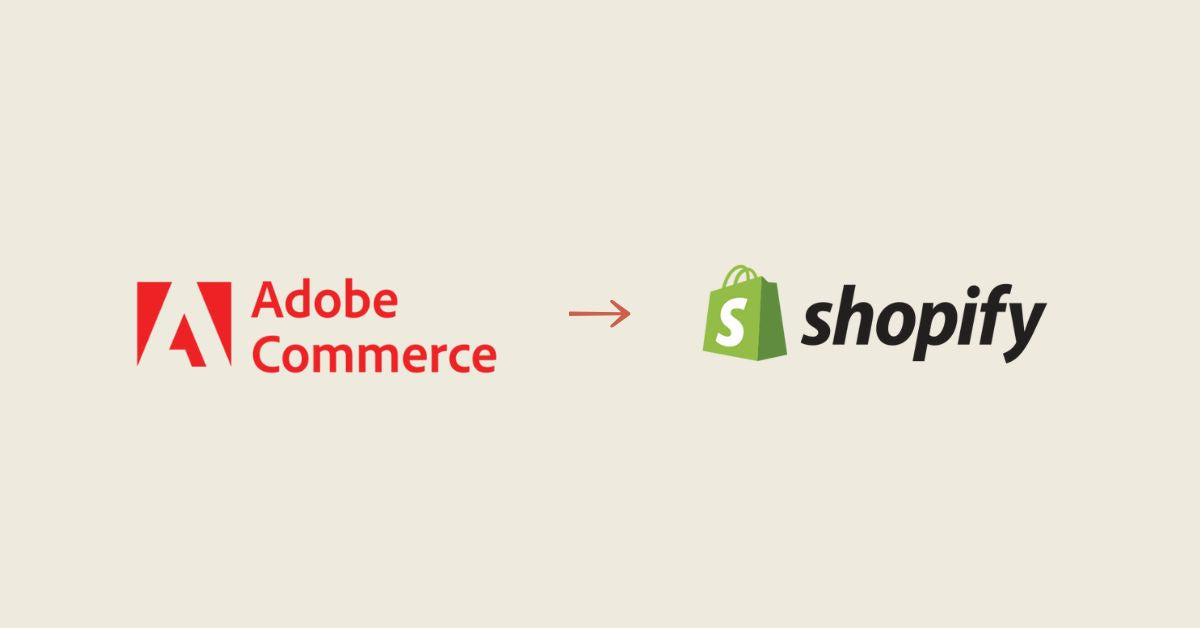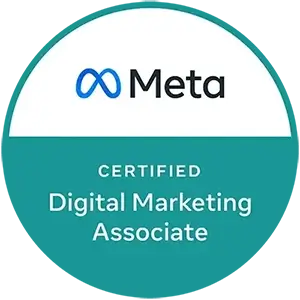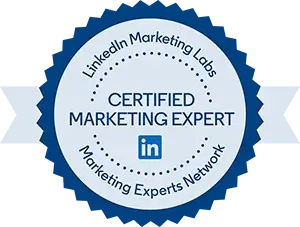Generative AI is changing the game for SEO. In a world where Google SGE, ChatGPT Search, Perplexity, and other AI-infused search engines summarize information before the first click, the real question becomes: how do you ensure that your content is the one chosen, picked up, and amplified by AI?
At Bofu, the message is clear: companies that adapt early will gain a significant advantage… and those that wait risk disappearing from the results. The good news?
There are simple, concrete and quick actions that can be implemented.
Here are the 10 easiest actions , ranked by simplicity, to adapt your website to the era of GEO (Generative Engine Optimization) and AEO (Answer Engine Optimization) .
Clarify your offer from the very first paragraph
AI engines quickly identify who you are , who you are addressing , and what you offer .
Your first paragraph should summarize the main points using concrete words.
Why it works:
AI models favor explicit content that is easy to categorize.
Bofu tip:
Rewrite your introduction according to the following format:
Company + Specialty + Audience + Delivered Result.
Add short summaries to the top of your pages
AI loves synthetic content.
An “executive summary” of 2 to 4 sentences increases your chances of being extracted in an AI response or in Google SGE.
Answer clearly the questions your customers are asking themselves
The FAQ format is a very powerful tool in AEO.
For what :
AI engines look for structured question/answer formats.
Examples of questions to add:
-
“How much does ______ cost?”
-
“What is the difference between ______ and ______?”
-
“Is ______ right for me?”
PS: Don't forget your schema markup!
Add trusted external sources (EEAT)
AI summaries prefer content that cites:
-
Google Search Central
-
Statista
-
McKinsey
-
Think with Google
-
Reuters
-
Harvard Business Review
Recommended sources to use in your content:
-
https://developers.google.com/search
-
https://www.thinkwithgoogle.com
-
https://openai.com/research
-
https://www.mckinsey.com/mgi
-
https://www.reuters.com
Structure your texts with proper H2/H3 headings
AI analyzes the structure before the text.
Structured content = easily extractable content
Incorporate data, figures and examples
AI loves actionable data.
They increase the likelihood that your content will be selected as a reliable source .
Examples to include:
-
market trends
-
percentages
-
benchmarks
-
important dates
Create clear definitions for key concepts
AI compares several definitions of the same concept and chooses the one that is:
-
short
-
precise
-
universal
Examples:
-
“What is GEO?”
-
“What is SXO?”
-
“What is a Performance Max campaign?”
Use lists (numbered or bulleted)
AI robots extract more easily:
-
steps
-
advantages
-
methods
Lists are considered to be “summable” segments.
Add a “Summary / Key Takeaways” section
These sections are almost always picked up by AI engines, because they are ready to be copied and pasted into a table of contents.
Example of an effective format:
-
What you need to remember
-
3 key points
-
Mistakes to avoid
Add a short, factual, and credible bio
An underestimated, but extremely powerful element for EEAT.
Example :
“Content written by a digital acquisition specialist with 10+ years of experience, responsible for omnichannel strategies for Quebec companies generating between $5M and $100M in revenue.”
Why it works:
AI models use these elements to assess the author's credibility.
Conclusion: AI doesn't destroy SEO, it transforms it.
Companies that optimize their content early for GEO and AEO will become the “cited references” in AI summaries.
The others will continue to depend solely on clicks… and will lose market share without realizing it.
These 10 actions are simple, quick, and represent the first line of defense in an ecosystem where organic results are declining.
If you want to go further — comprehensive diagnostics, AI-ready optimization, omnichannel strategy, production of tailored content — this is exactly the kind of sustainable performance we build at Bofu.



